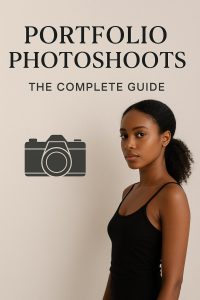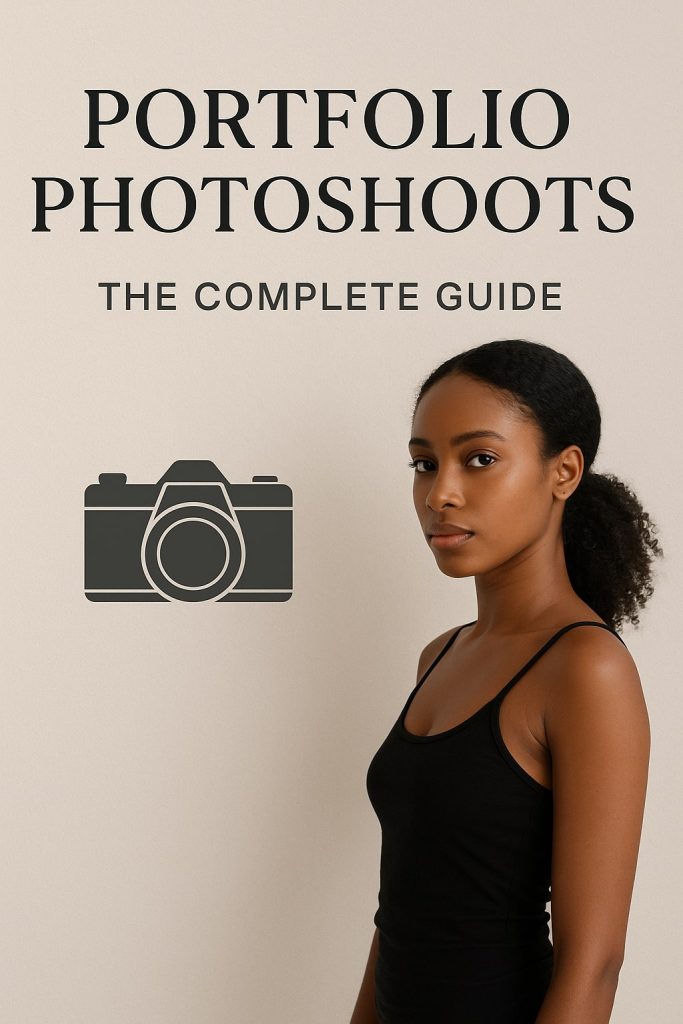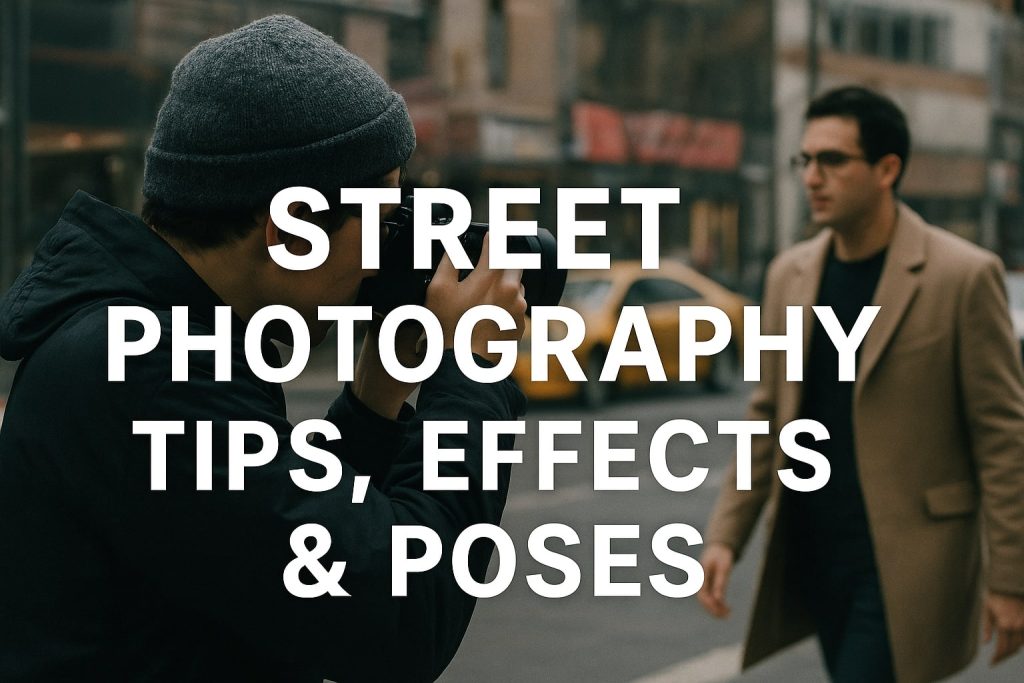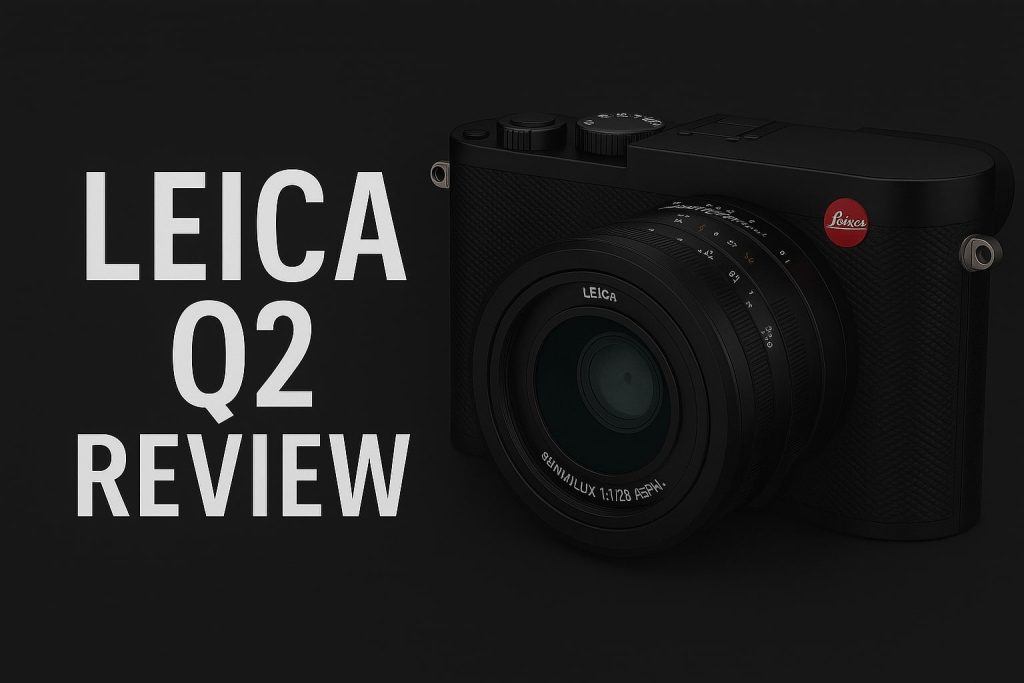Why Depth of Field Matters in Lifestyle Photography
Lifestyle photography is all about telling stories through natural, candid moments that reflect the subject’s essence and environment. Whether you’re capturing a family picnic, a street musician, or a quiet moment of reflection, depth of field (DOF) plays a pivotal role in directing attention and enhancing storytelling.
This blog will explore how mastering depth of field can elevate your lifestyle photography to new heights. With practical tips, detailed explanations, and real-world examples, you’ll learn how to create visually compelling images that resonate emotionally with your audience.
Target Keyword: Lifestyle Photography
1. Understanding Depth of Field in Lifestyle Photography
1.1 What Is Depth of Field?
Depth of field refers to the range of an image that appears acceptably sharp. It’s influenced by factors like aperture, focal length, and subject distance. In lifestyle photography, DOF determines which elements are in focus, guiding viewers’ attention.
1.2 Types of Depth of Field
- Shallow Depth of Field: Achieved with a wide aperture (e.g., f/1.8), it isolates the subject by blurring the background.
- Deep Depth of Field: Achieved with a narrow aperture (e.g., f/16), it keeps more of the scene in focus.
1.3 Why Depth of Field Is Crucial in Lifestyle Photography
- Adds visual interest and emotion.
- Helps emphasize key elements in the story.
- Enhances the overall composition of the image.
2. Factors Influencing Depth of Field
2.1 Aperture Settings
- A wider aperture (smaller f-number) results in a shallow DOF, perfect for isolating subjects.
- A narrower aperture (larger f-number) creates a deeper DOF, ideal for scenes with multiple focal points.
2.2 Focal Length
- Telephoto lenses (e.g., 85mm or 135mm) compress the background and reduce DOF.
- Wide-angle lenses (e.g., 24mm) naturally increase DOF, keeping more elements sharp.
2.3 Distance Between Subject and Background
- The closer the subject is to the camera and farther from the background, the shallower the DOF.
2.4 Sensor Size
- Larger sensors (like full-frame) produce a shallower DOF compared to smaller sensors (like APS-C or micro four-thirds).
3. Mastering Depth of Field for Different Lifestyle Photography Scenarios
3.1 Portraits in Lifestyle Photography
- Use a shallow DOF to blur distractions and emphasize the subject’s expression.
- Focus on the eyes for impactful portraits.
3.2 Environmental Portraits
- Balance DOF to keep the subject in focus while retaining enough background detail to convey context.
3.3 Action Shots
- Opt for a medium DOF to ensure both the subject and some background details are sharp.
- Use a faster shutter speed to freeze motion.
3.4 Family and Group Shots
- Use a deeper DOF to keep all members sharp.
- Position everyone on the same focal plane for consistent focus.
3.5 Street Photography
- Experiment with varying DOF to isolate subjects or capture the bustling environment.
- Use zone focusing for candid shots.
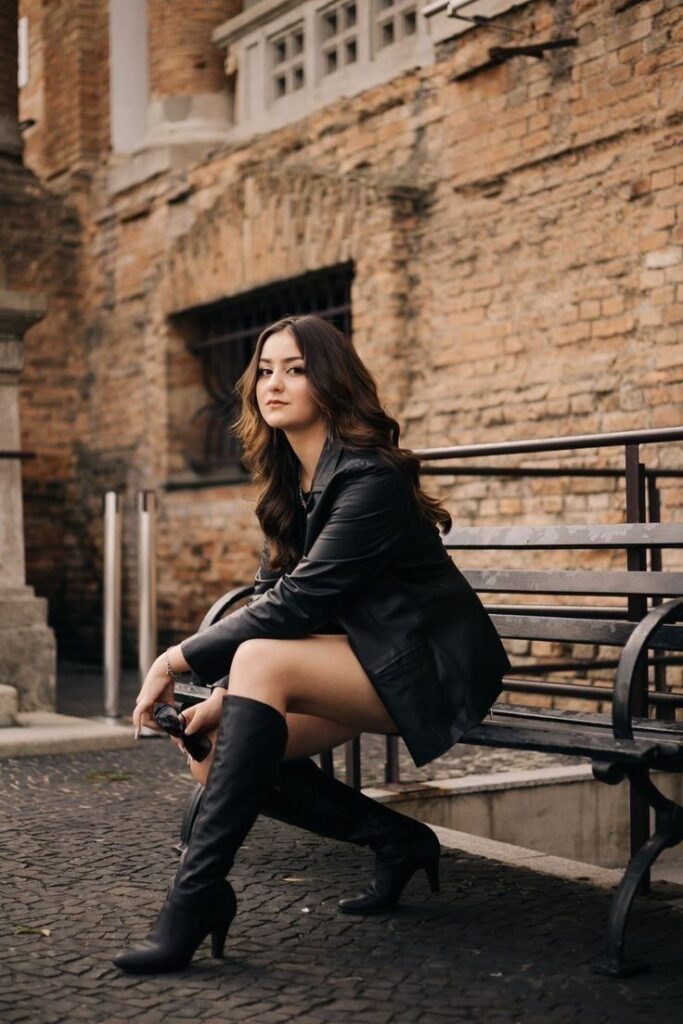
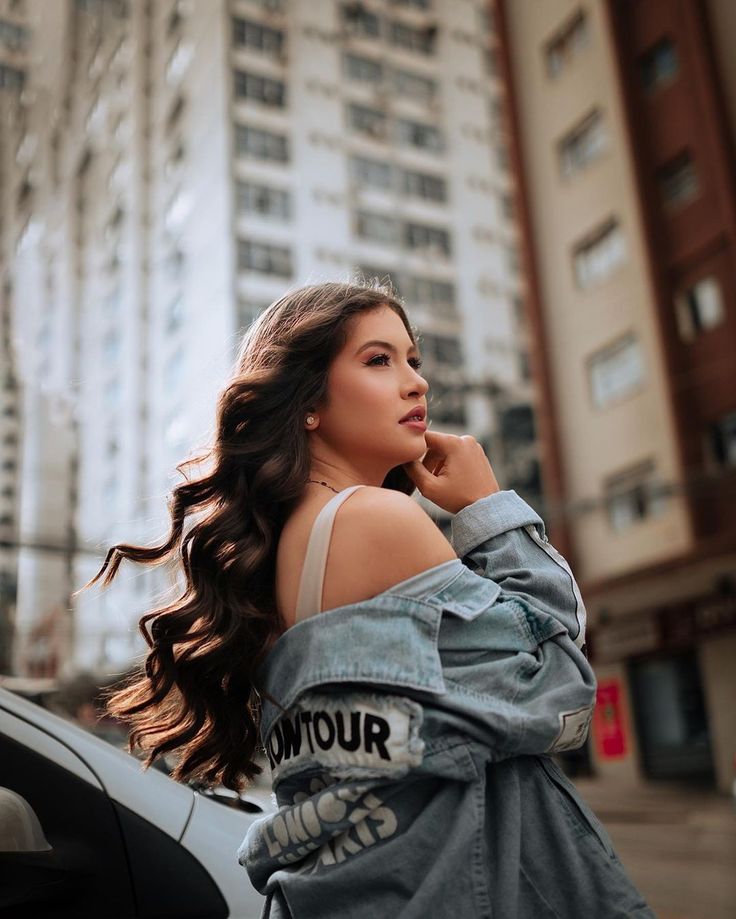
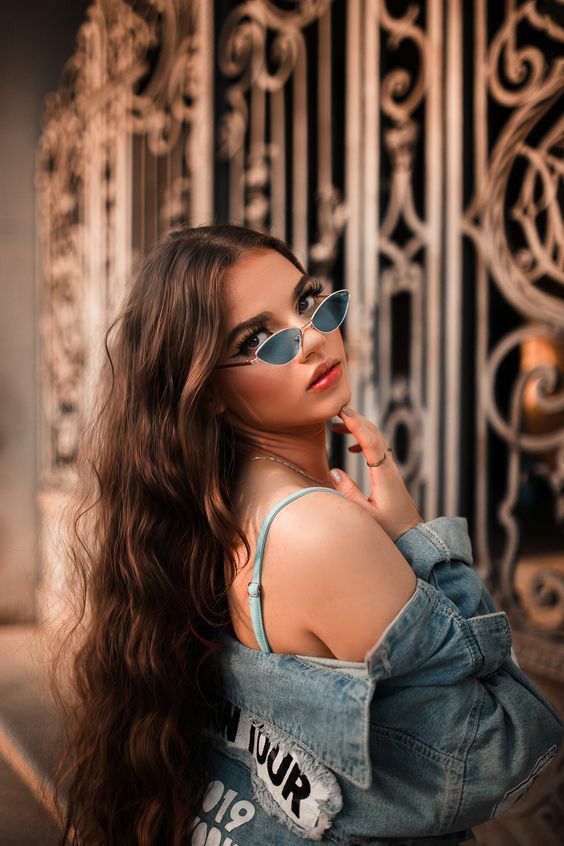

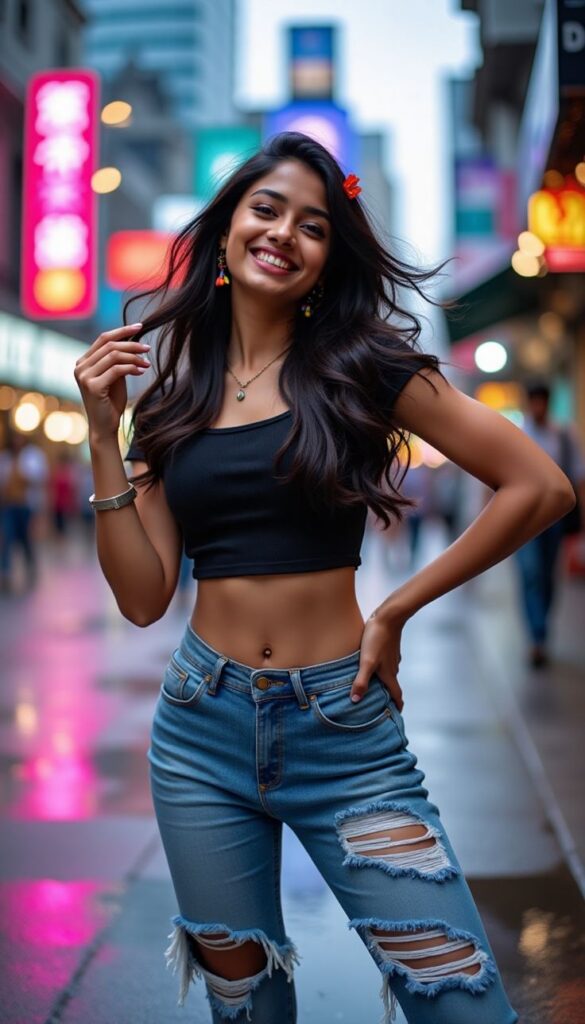
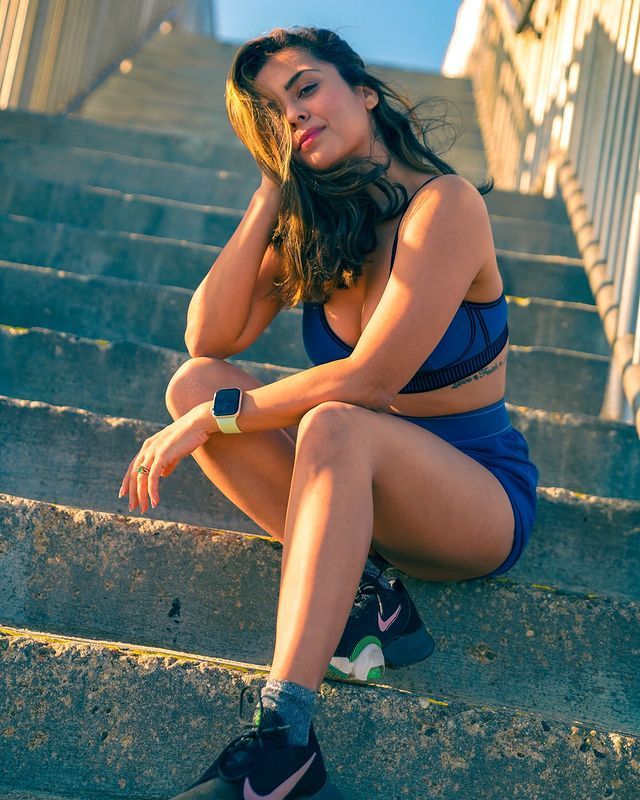
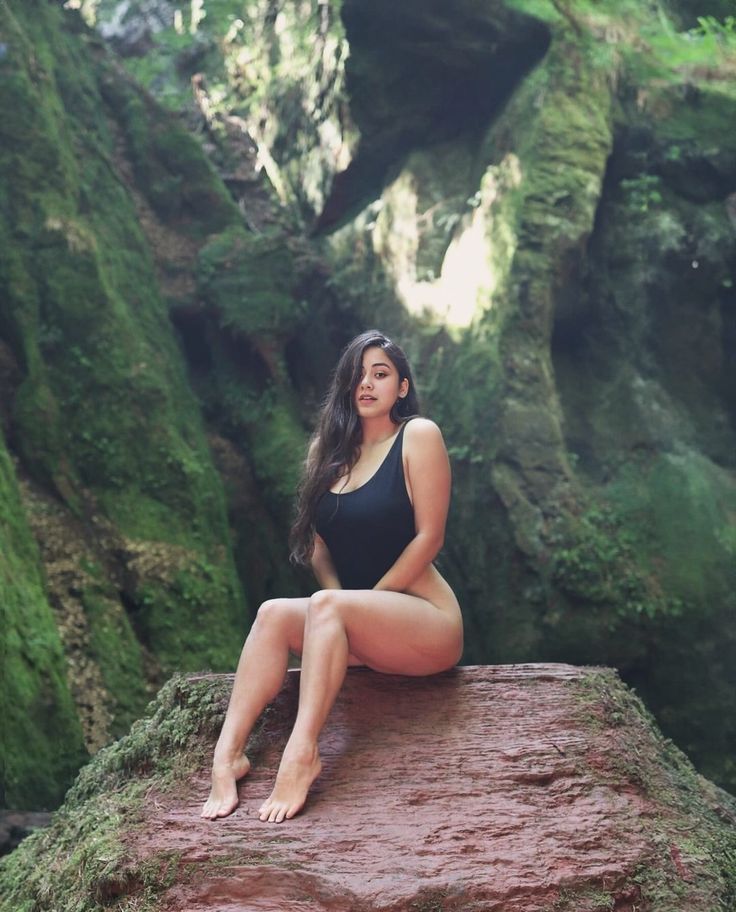
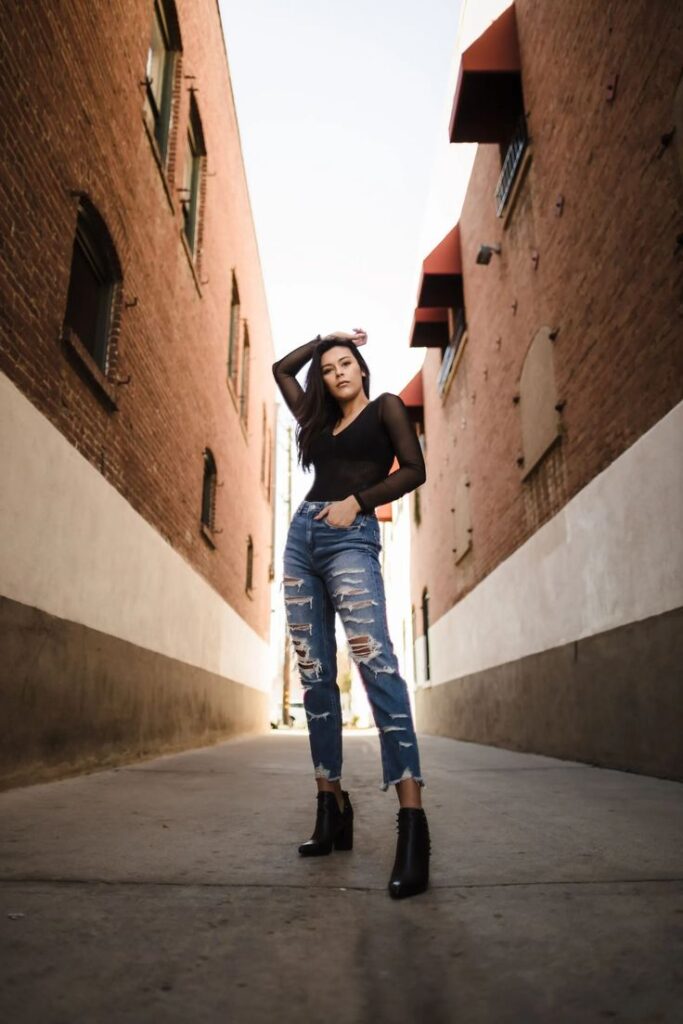
4. Techniques to Master Depth of Field in Lifestyle Photography
4.1 Choosing the Right Aperture
- Experiment with different f-stops to achieve the desired DOF.
- For shallow DOF, use f/1.4 to f/2.8; for deep DOF, use f/8 to f/16.
4.2 Composing with DOF in Mind
- Use leading lines or framing to complement the DOF effect.
- Place your subject strategically within the frame.
4.3 Using Backgrounds Effectively
- A blurred background can add mood without distracting from the subject.
- Keep the background clean and uncluttered for better focus on the subject.
4.4 Leveraging Lens Characteristics
- Invest in prime lenses with wide apertures for better control over DOF.
- Experiment with bokeh effects for artistic appeal.
5. Equipment Essentials for Controlling Depth of Field
5.1 Lenses
- Prime lenses like 50mm or 85mm for shallow DOF.
- Wide-angle lenses for deep DOF and contextual shots.
5.2 Camera Bodies
- Full-frame cameras for greater DOF control.
- Use cameras with manual mode for precise adjustments.
5.3 Tripods and Stabilizers
- Essential for maintaining focus in low light with narrow apertures.
6. Common Challenges and How to Overcome Them
6.1 Struggling with Focus
- Use single-point autofocus for precise focusing.
- Switch to manual focus for challenging scenarios.
6.2 Overexposed or Underexposed Shots
- Balance aperture with ISO and shutter speed.
- Use exposure compensation to fine-tune brightness.
6.3 Achieving Consistent DOF in Dynamic Settings
- Use continuous autofocus for moving subjects.
- Practice panning techniques to keep subjects sharp.
7. Editing Depth of Field in Post-Production
7.1 Enhancing Bokeh
- Use software like Adobe Lightroom or Photoshop to refine background blur.
7.2 Adjusting Focus Points
- Employ selective sharpening to emphasize key elements.
- Use radial filters to draw attention to the subject.
7.3 Maintaining a Natural Look
- Avoid over-editing to keep the image realistic and authentic.
8. Inspiring Examples of Depth of Field in Lifestyle Photography
- Close-Up Portraits: Shallow DOF highlights facial features and blurs the background for an intimate feel.
- Urban Lifestyle: Balancing DOF to keep both the subject and vibrant cityscape visible.
- Family Moments: Using deep DOF to capture the entire group in focus during candid moments.
Conclusion: Elevate Your Lifestyle Photography with Depth of Field
Depth of field is more than just a technical aspect of photography—it’s a storytelling tool that enhances the emotional resonance of your images. By mastering DOF, you can transform ordinary moments into extraordinary visual narratives.
Experiment, practice, and push creative boundaries to find your unique style in lifestyle photography. With these tips and insights, you’re well on your way to capturing moments that truly matter.

Mobile Photography Hacks: Candid Moments with Your Phone
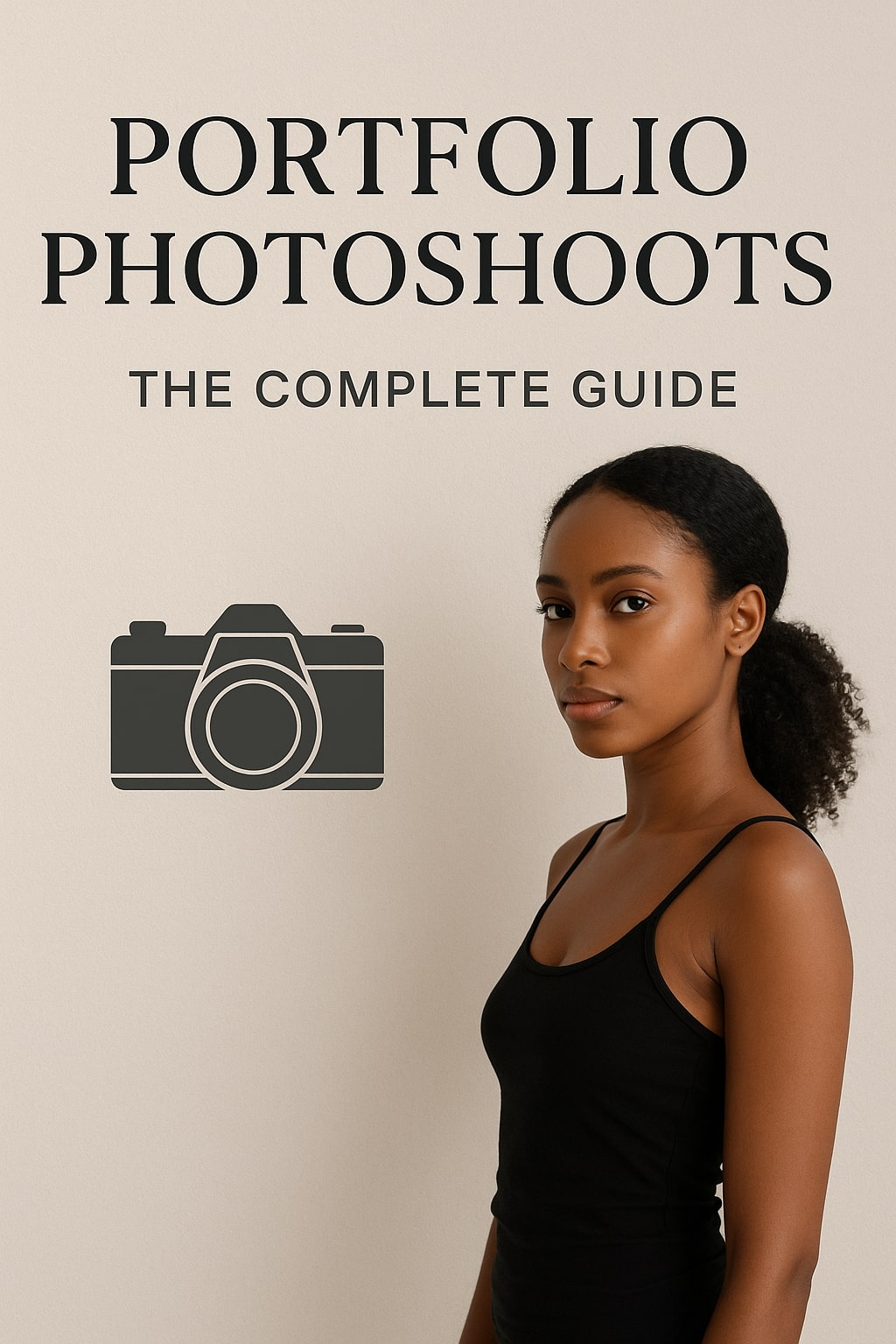
Professional Model & Portfolio Photoshoots: Show Your Best Work
-
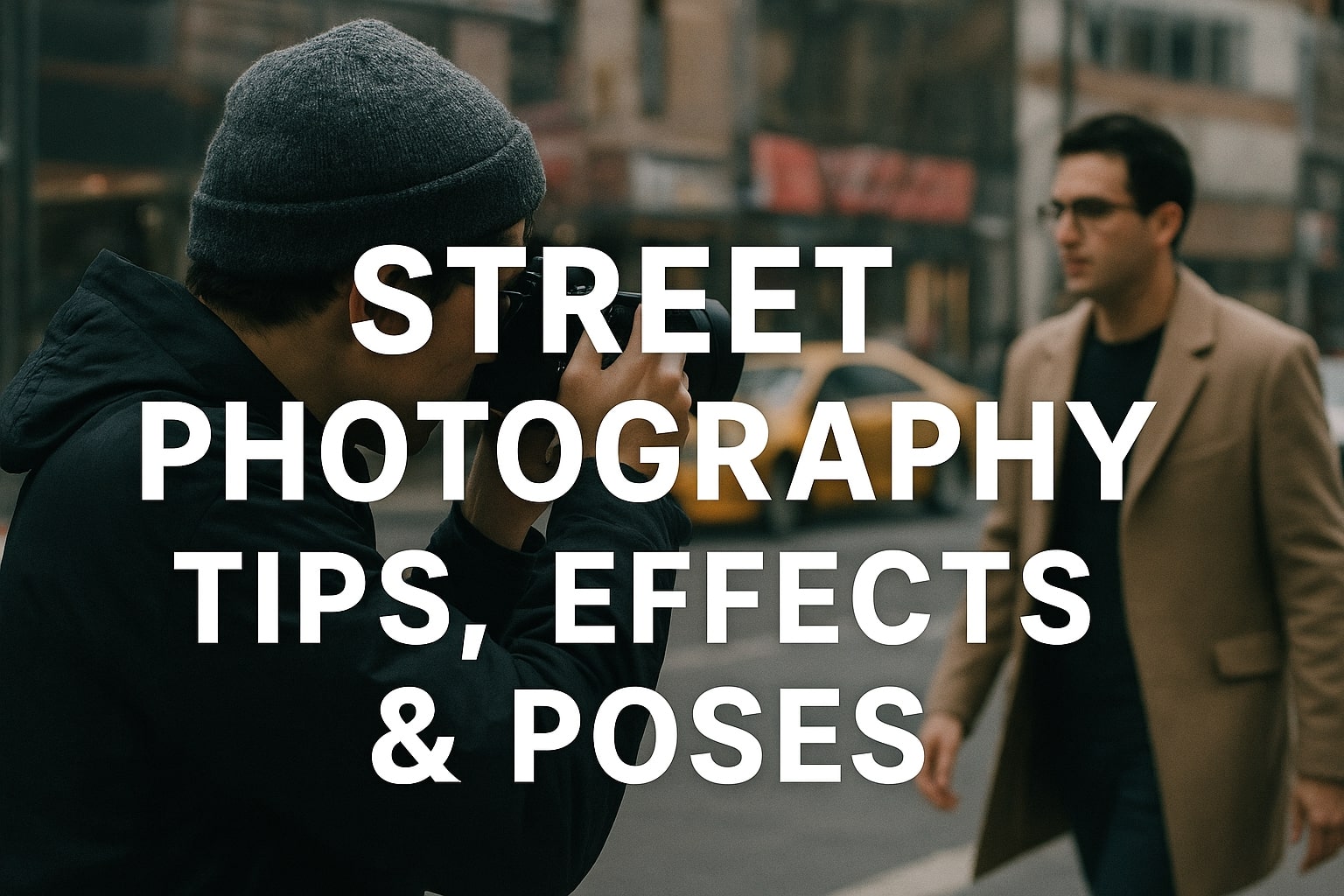
Street Photography Tips, Effects & Poses – Complete Guide
-

Leica Q2 for Photography: Why It’s Loved by Photographers
Mobile Photography Hacks: Candid Moments with Your Phone
Discover high-impact mobile photography hacks to capture genuine, gorgeous candid moments with your phone. Learn practical tips, composition secrets, and pro techniques to turn everyday scenes into stunning visual stories. Introduction: The New Age of Mobile Photography Photography has evolved beyond heavy cameras, technical jargon, and expensive equipment. Today, the power to capture extraordinary moments
Professional Model & Portfolio Photoshoots: Show Your Best Work
” Discover how to plan, style, and execute stunning portfolio photoshoots that showcase your skills, personality, and versatility. This comprehensive guide covers professional tips, posing ideas, gear suggestions, and industry insights for models and photographers.” Introduction – Why Portfolio Photoshoots Are the Cornerstone of a Photographer’s Career A well-crafted portfolio photoshoot is more than a
Street Photography Tips, Effects & Poses – Complete Guide
Discover the ultimate guide to Street Photography with expert tips, creative effects, and dynamic poses. Learn how to capture authentic urban moments, master composition, and tell powerful visual stories through your lens. Article Outline 1. Introduction to Street Photography Street Photography is more than just taking pictures of people in public spaces — it’s about
Leica Q2 for Photography: Why It’s Loved by Photographers
Introduction: The Cult Status of the Leica Q2 The Leica Q2 is not just a camera—it’s a statement. Combining the heritage of German precision engineering with modern digital excellence, it holds a special place in the hearts of professional and passionate photographers alike. With its full-frame sensor, prime Summilux lens, and minimalist design, the Q2
Top Cameras Under ₹1 Lakh for Freelance Photography
Freelance photography is no longer a niche—it’s a booming creative profession that demands not only vision and hustle but also the right gear. Your camera isn’t just a tool; it’s your storytelling partner. If you’re a freelance photographer aiming to balance performance, versatility, and budget, investing in a cameras under ₹1 lakh can offer the
Top Features of Nikon D850 That Make It Ideal for Photoshoots
Explore the top features of the Nikon D850 that make it a powerhouse for photoshoots. From exceptional resolution to dynamic range, this detailed Nikon D850 guide is built for professional and aspiring photographers. 1. Introduction When Nikon launched the D850, it quickly earned a reputation as a flagship DSLR that redefined what photographers could expect

